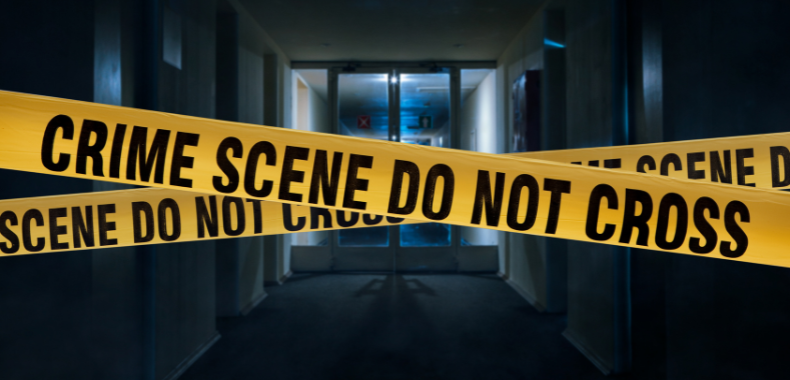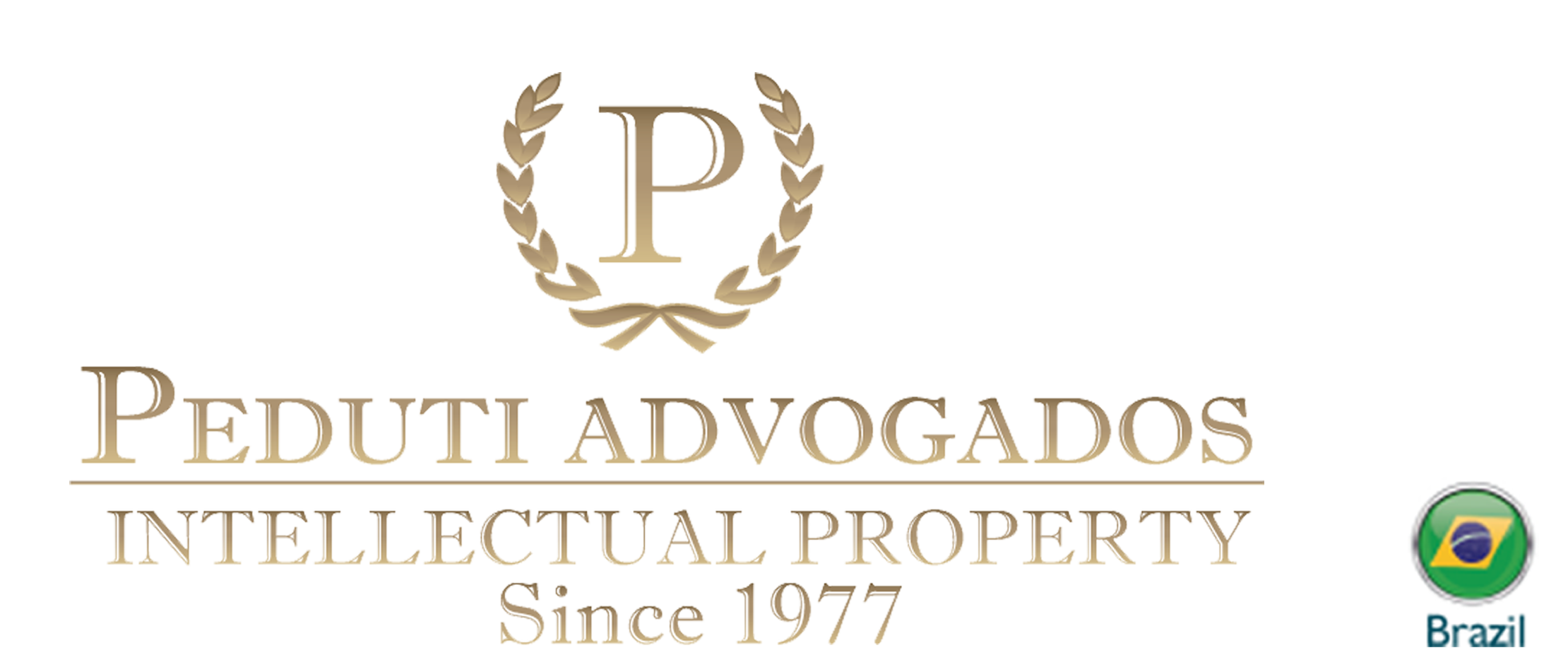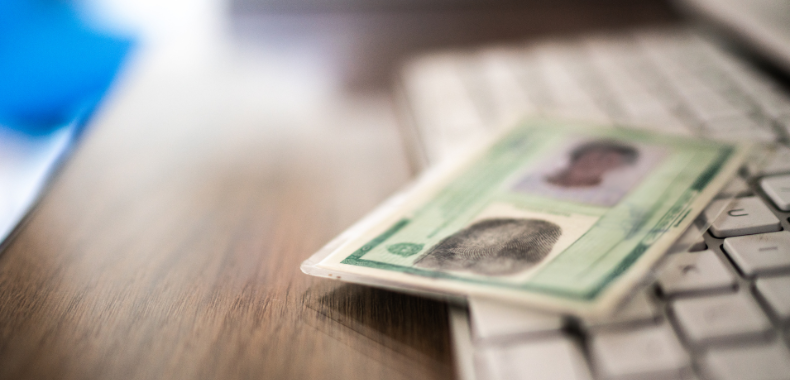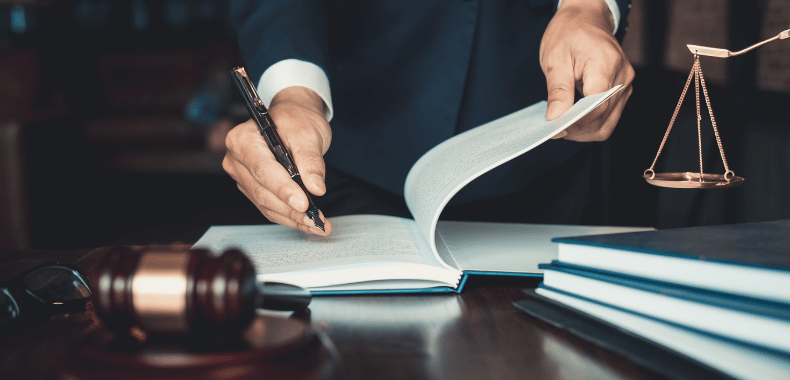It is not news to anyone that the “true crime” genre in audio productions such as podcasts and radio programs, as well as audiovisual productions like series, films, and TV shows, has always been a great success in the entertainment industry.
Whether through the exploration in famous Brazilian productions like “Linha Direta” or “Brasil Urgente,” successful TV programs since the 90s, or through national and international series, films, and documentaries produced and available on streaming platforms.
The reason for this success has been and continues to be the subject of various studies, attempting to justify it with numerous hypotheses and assumptions [1].
However, what concerns us is clarifying a lingering doubt on the subject: to whom do the copyrights and image rights belong in “true crime” films, documentaries, and series?
Firstly, it is necessary to clarify that “copyright” and “image rights” regulate distinct matters in Law.

In this sense, Copyright Law is a branch of intellectual property that regulates the rights of the author over intellectual works—literary, artistic, or scientific—specified particularly in Law No. 9.610/98 (Copyright Law – LDA) and Law No. 9.609/98 (Software Programs Law – LPC). Protected intellectual works, according to the legislation, are the “creations of the mind” outlined in Article 7 of the LDA [2], these involve: (i) the creation of something original from human intellect—creative capacity and ingenuity, and (ii) its necessary externalization—not protecting ideas—which must occur through tangible or intangible support, not limited to existing technologies, media, and circumstances.
From this definition, it is evident that the copyright of “true crime” works belongs to their creative creators. Those who, inspired by “real events,” transcribe them into scripts and speeches, their ideas, and transmit them through streaming screens.
There is no correlation, therefore, between copyright, for example, and Susane Von Richthofen, regarding the films, series, and documentaries produced about the crime she committed since these were not created by her.
Image rights, on the other hand, stem from human personality itself, protected by the Federal Constitution of 1988 [3], Civil Code [4], and the Penal Code [5], preventing the exposure of someone’s image without permission, especially if this exposure affects honor, good reputation, or respect or is intended for commercial purposes. The person whose image has been violated can seek redress for the damages suffered [6].
The law requires, therefore, express permission from the person depicted in the image for third parties to exploit it.
However, in exceptional situations, jurisprudence allows the use of an image in documentaries, biopics, and journalistic pieces without the express authorization of the portrayed person. To better explain the exceptions, we present the considerations of the Copyright, Immaterial Rights, and Entertainment Commission (CDADIE) of the Order of Lawyers of Rio de Janeiro, which, in a very didactic way, set them out as follows [7]:
- People considered public, under the following conditions:
- Was the capture of the image lawful?
- What is the usefulness or interest for the public in the fact reported through the image?
- What is the need to broadcast that image to report the fact?
- Was the original context in which the image was taken preserved?
- People located in public places, under the following conditions:
- Is the person aware of the possibility of their image being captured?
- Was the original context from which the image was extracted maintained?
- Is the portrayed person the central element of the scene or appears incidentally?
- Is the portrayed person in an embarrassing situation?
- Journalistic pieces: facts or events of journalistic interest. In the case of “TRUE CRIME” productions, this involves the portrayal of facts involving public figures and, in many cases, journalistic pieces, which are, in some instances, highly linked in the media, making the fact even more known to the public.
In these cases, both the Supreme Federal Court and the Superior Court of Justice consider the disclosure of truthful or plausible facts permissible, even with severe, ironic, or merciless opinions, by those who, through the commission of criminal acts, become public figures. News and criticism are of general and connected interest to all [8].
In these situations, there is a limitation on the right to the image.
Thus, copyright, unlike what many confuse, when it comes to artistic or journalistic productions about crimes, belongs to the creators of the works and not to the criminal, who should not receive any payment for the creative or journalistic representation of events that occurred during their life.
What could be questioned, however, is the compensation for any damage caused by the violation of the right to image. However, as already settled by the Supreme Federal Court (STF) and the Superior Court of Justice (STJ), in cases of depicting criminal facts, the protection of the right to the image of the criminal begins to be restricted, and they may have to bear with any severe and even ruthless opinions.
Advogado(a) autor(a) do comentário: Juliana Kaomy Mikado, and Cesar Peduti, Peduti Advogados.
Fonte:
[1] WHY ARE WE SO OBSESSED WITH TRUE CRIME – https://www.law.ac.uk/resources/blog/why-we-love-true-crime/
[2] “Art. 7º. São obras intelectuais protegidas as criações do espírito, expressas por qualquer meio ou fixadas em qualquer suporte, tangível ou intangível, conhecido ou que se invente no futuro, tais como: I – os textos de obras literárias, artísticas ou científicas; II – as conferências, alocuções, sermões e outras obras da mesma natureza; III – as obras dramáticas e dramático-musicais; IV – as obras coreográficas e pantomímicas, cuja execução cênica se fixe por escrito ou por outra qualquer forma; V – as composições musicais, tenham ou não letra; VI – as obras audiovisuais, sonorizadas ou não, inclusive as cinematográficas; VII – as obras fotográficas e as produzidas por qualquer processo análogo ao da fotografia; VIII – as obras de desenho, pintura, gravura, escultura, litografia e arte cinética; IX – as ilustrações, cartas geográficas e outras obras da mesma natureza; X – os projetos, esboços e obras plásticas concernentes à geografia, engenharia, topografia, arquitetura, paisagismo, cenografia e ciência; XI – as adaptações, traduções e outras transformações de obras originais, apresentadas como criação intelectual nova; XII – os programas de computador; XIII – as coletâneas ou compilações, antologias, enciclopédias, dicionários, bases de dados e outras obras, que, por sua seleção, organização ou disposição de seu conteúdo, constituam uma criação intelectual. § 1º Os programas de computador são objeto de legislação específica, observadas as disposições desta Lei que lhes sejam aplicáveis. § 2º A proteção concedida no inciso XIII não abarca os dados ou materiais em si mesmos e se entende sem prejuízo de quaisquer direitos autorais que subsistam a respeito dos dados ou materiais contidos nas obras. § 3º No domínio das ciências, a proteção recairá sobre a forma literária ou artística, não abrangendo o seu conteúdo científico ou técnico, sem prejuízo dos direitos que protegem os demais campos da propriedade imaterial.”
[3] “Art. 5º Todos são iguais perante a lei, sem distinção de qualquer natureza, garantindo-se aos brasileiros e aos estrangeiros residentes no País a inviolabilidade do direito à vida, à liberdade, à igualdade, à segurança e à propriedade, nos termos seguintes: (…) X – são invioláveis a intimidade, a vida privada, a honra e a imagem das pessoas, assegurado o direito a indenização pelo dano material ou moral decorrente de sua violação;”
[4] “Art. 11. Com exceção dnoos casos previstos em lei, os direitos da personalidade são intransmissíveis e no irrenunciáveis, não podendo o seu exercício sofrer limitação voluntária.” E “Art. 20. Salvo se autorizadas, ou se necessárias à administração da justiça ou à manutenção da ordem pública, a divulgação de escritos, a transmissão da palavra, ou a publicação, a exposição ou a utilização da imagem de uma pessoa poderão ser proibidas, a seu requerimento e sem prejuízo da indenização que couber, se lhe atingirem a honra, a boa fama ou a respeitabilidade, ou se se destinarem a fins comerciais. (Vide ADIN 4815)”
[5] “Art. 218-C. Oferecer, trocar, disponibilizar, transmitir, vender ou expor à venda, distribuir, publicar ou divulgar, por qualquer meio – inclusive por meio de comunicação de massa ou sistema de informática ou telemática -, fotografia, vídeo ou outro registro audiovisual que contenha cena de estupro ou de estupro de vulnerável ou que faça apologia ou induza a sua prática, ou, sem o consentimento da vítima, cena de sexo, nudez ou pornografia: (Incluído pela Lei nº 13.718, de 2018) Pena – reclusão, de 1 (um) a 5 (cinco) anos, se o fato não constitui crime mais grave. (Incluído pela Lei nº 13.718, de 2018) Aumento de pena (Incluído pela Lei nº 13.718, de 2018) § 1º A pena é aumentada de 1/3 (um terço) a 2/3 (dois terços) se o crime é praticado por agente que mantém ou tenha mantido relação íntima de afeto com a vítima ou com o fim de vingança ou humilhação. (Incluído pela Lei nº 13.718, de 2018)”
[6] DIREITO DA IMAGEM – https://www.tjdft.jus.br/institucional/imprensa/campanhas-e-produtos/direito-facil/edicao-semanal/direito-de-imagem
[7] GUIA DO PRODUTOS AUDIOVISUAL – Realização: Comissão de Direitos Autorais, Direitos Imateriais e Entretenimento (CDADIE) – https://www.oabrj.org.br/arquivos/files/CDADIE_guia_do_produtor_audiovisual_final_web.pdf
[8] Informativo nº 696 do STJ. https://processo.stj.jus.br/jurisprudencia/externo/informativo/?aplicacao=informativo&acao=pesquisar&livre=@CNOT=%27018151%27 e https://scon.stj.jus.br/SCON/GetInteiroTeorDoAcordao?num_registro=202103035073&dt_publicacao=13/09/2022
—
Se quiser saber mais sobre este tema, contate o autor ou o Dr. Cesar Peduti Filho.
If you want to learn more about this topic, contact the author or the managing partner, Dr. Cesar Peduti Filho.



